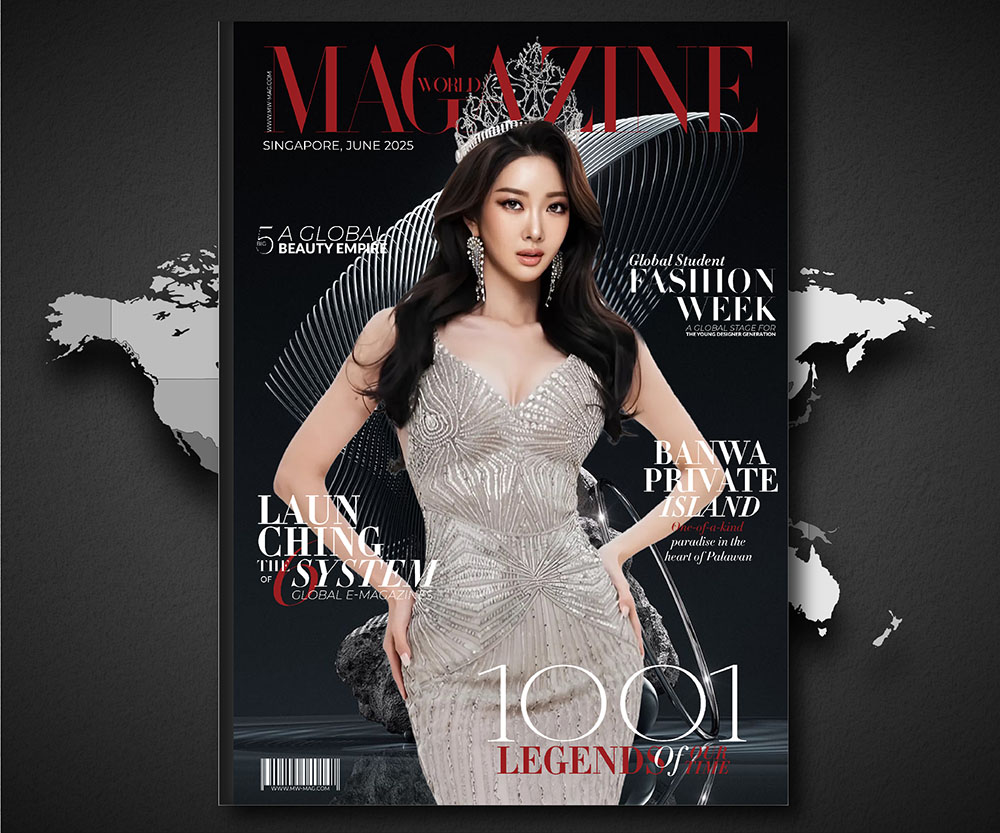As employee expectations evolve across generations, regions and roles, employer branding is no longer a matter of perks or policies alone. In a recent LinkedIn Live, BoF’s Sheena Butler-Young and Sophie Soar explored how today’s brands must align internal culture with external reputation—through clear values, flexibility, and inclusion. For companies navigating return-to-office debates, Gen-Z priorities, and intergenerational needs, the 2025 employer branding strategy is about meaningful adaptation.
Embed and communicate core values with intention
Values are no longer a corporate tagline—they’re a workplace currency. Gen-Z candidates, in particular, are looking beyond salary or benefits, seeking employers whose ethics align with their own. According to a recent Deloitte survey, 77 percent of Gen-Z respondents say working for a values-driven company is important.
Butler-Young and Soar highlighted the growing expectation for companies to demonstrate—not just declare—their DEI, sustainability, or social impact commitments. In an era of political division and DEI backlash, actions increasingly speak louder than branded campaigns. “You should do it more than you say it,” Butler-Young noted, “but I don’t think you shouldn’t say it at all.”
Some brands, like Patagonia, lead through high-profile structural changes, while others publish ESG targets or promote inclusive hiring policies. But the key, according to Soar, is clarity. Employees and applicants shouldn’t have to search for a company’s principles—they should experience them daily.
Reframe return-to-office with strategy and flexibility
As hybrid models become the norm, many companies are revisiting return-to-office mandates. The challenge is striking the right balance between structure and freedom. “If you start enforcing certain structures,” warned Soar, “there will be a massive knock-on impact on recruitment and retention.”
While in-person collaboration fosters community and learning, rigid five-day mandates can alienate staff—especially those hired remotely or with caregiving responsibilities. Butler-Young emphasized the need for common-sense policies that reflect real-life needs: “An employer that doesn’t have common sense rules around workplace flexibility is not where I want to be.”
Instead of defaulting to tradition, companies must weigh the nuances of role, geography, and generation. A blanket policy risks pushing away the very talent that was once attracted by flexibility and autonomy.
Rethink perks and policies for a multigenerational workforce
The modern workplace now spans up to five generations. That diversity offers enormous creative potential—but only if policies acknowledge differing needs and values. Employers must stop assuming that one-size-fits-all approaches will resonate across regions or age groups.
Health and wellness, for example, can look radically different across life stages. Gen-Z employees might prefer wellness communities and mental health days, while women over 50 may benefit from menopause support forums. The future of employer branding lies in designing policies that reflect life realities, not just workplace roles.

Mentorship is another key element. Rather than defaulting to top-down knowledge transfer, companies are encouraged to formalize two-way learning between generations. “The opportunity comes from tapping into the unique offerings of each group,” said Butler-Young. “It’s about paying attention to individual contribution and building collaborative bridges.”
Let storytelling and employee voices lead the way
From TikTok office tours to employee spotlight reels on Instagram, today’s employer branding often lives on social platforms. These glimpses behind the scenes—intentional or not—have become a public lens into internal culture.
Butler-Young and Soar emphasized the importance of aligning digital storytelling with real practices. If a brand projects an image of collaboration and flexibility, the internal structure must support that. Authenticity is the baseline, and consistency builds trust.
More than just campaigns, employer branding in 2025 is about holistic storytelling—embedding values in policy, reflecting humanity in flexibility, and amplifying the diverse experiences of real people. As the workforce redefines what it wants from work, companies that listen and evolve will be the ones that lead.





